In today’s life, IEC electrical standards have been applied in almost every field to ensure safety and the efficient operation of electrical systems. Let’s explore the details of IEC electrical standards and the important notes to remember!
What is the IEC standard?

Summary of IEC Standards
The International Electrotechnical Commission (IEC) is a non-profit organization established in 1906 to promote international cooperation in the standardization of electrical and electronic technologies. Initially headquartered in London, it relocated to Geneva in 1948.
Colonel Crompton, a mechanical engineer and inventor, played a crucial role in founding the IEC. On June 27, 1906, the IEC was officially established, with the renowned physicist Lord Kelvin elected as its first president, and Colonel Crompton as honorary secretary. The first meeting resulted in:
- Approval of IEC regulations
- Modification of the IEC name to align with international electrical technologies
- Appointment of Ch. Le Maistre as the first Secretary-General
- Establishment of the IEC office in London
By 1914, IEC had created four technical committees covering nomenclature, symbols, electrical machinery rating, and prime movers. Early achievements included publishing:
- A list of electrical machinery and equipment definitions
- Internationally recognized symbols for quantities and units
- International standards for copper resistance
- Definitions for hydraulic turbines, rotating machines, and transformers
In later years, IEC expanded its scope, notably creating Technical Committee 76 to address laser safety standards, which became a global reference for various industries, including business, entertainment, medicine, research, and education. The late 20th century saw IEC further adapt to emerging technologies, developing standards in light protection, optics, ultrasound, wind turbine systems, and automation.
In the 21st century, IEC continued evolving, establishing new committees for fuel cells, electromagnetic field exposure (including 5G), avionics, electronic displays, nanotechnology, marine energy, solar thermal power plants, printed electronics, energy storage systems, wearable electronics, and personal electronic converters.
IEC maintains strong partnerships with international organizations such as ISO, the International Telecommunication Union (ITU), and the European Committee for Electrotechnical Standardization (CENELEC). IEC and ISO have defined their respective scopes, with IEC focusing on electrical and electronic standardization. Together, they have formed ISO/IEC Joint Technical Committee 1 (ISO/IEC JTC1) for information technology standards.
IEC’s international electrotechnical standards comprise over 6,500 standards for electrical system design and installation. These standards are numbered between 60000 and 79999 (e.g., IEC 60432). Additionally, older standards from before 1997 were renumbered by adding 60000 to the original number (e.g., IEC 237 became IEC 60237).

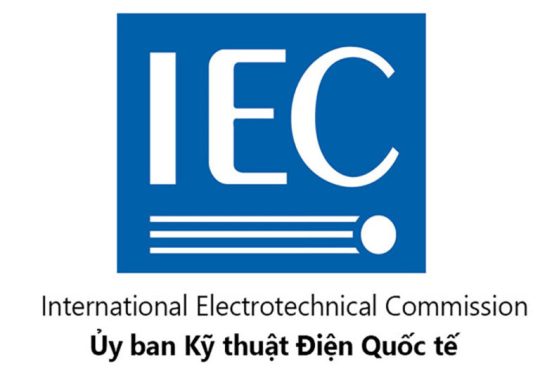
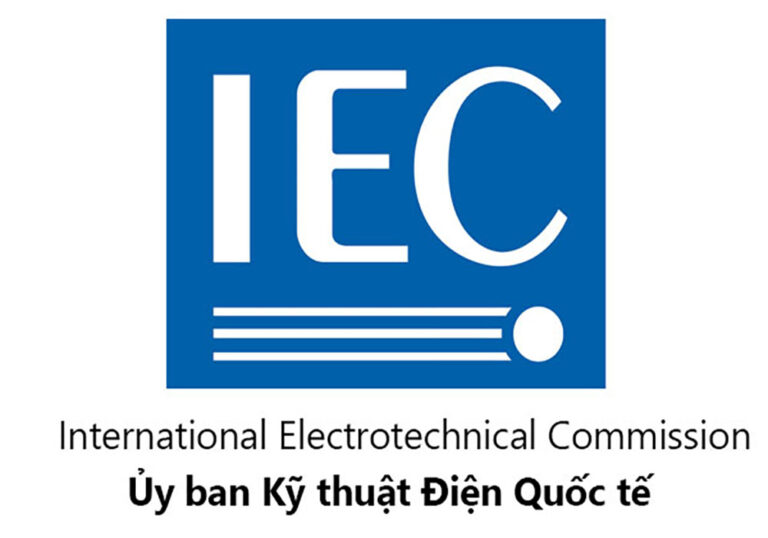



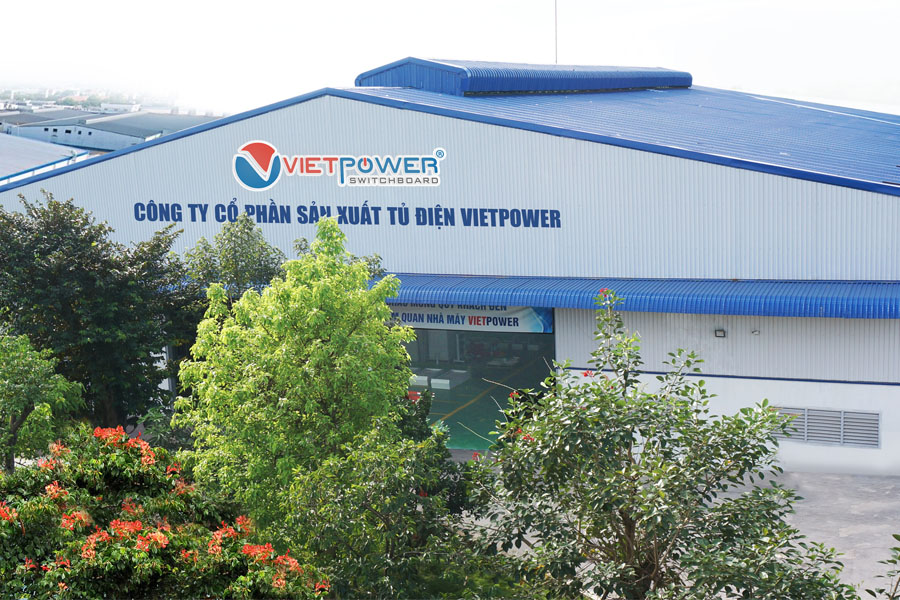
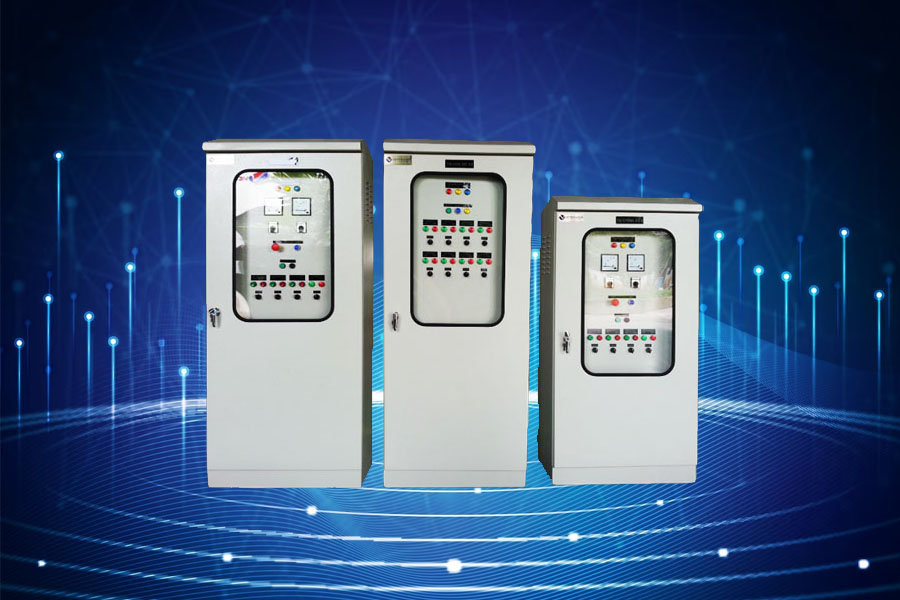
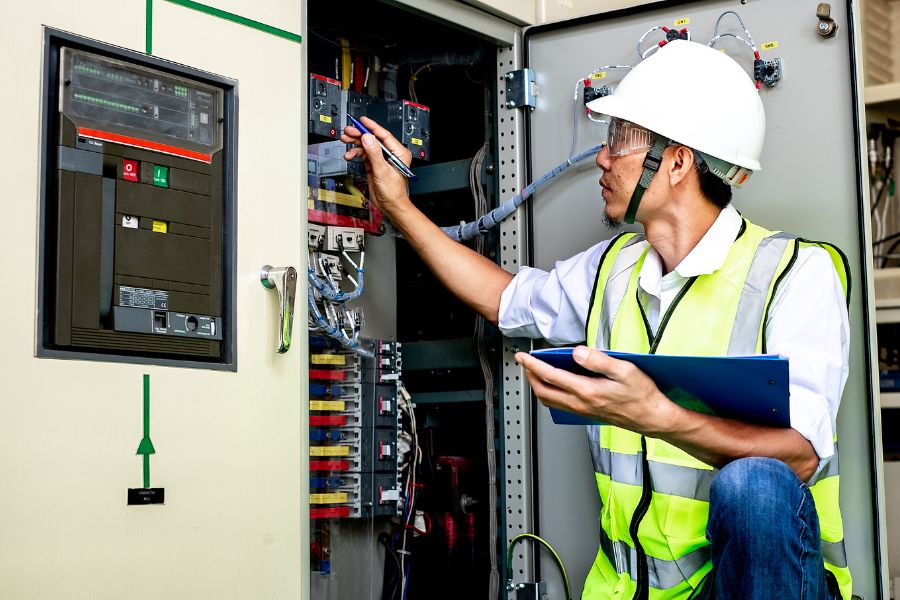

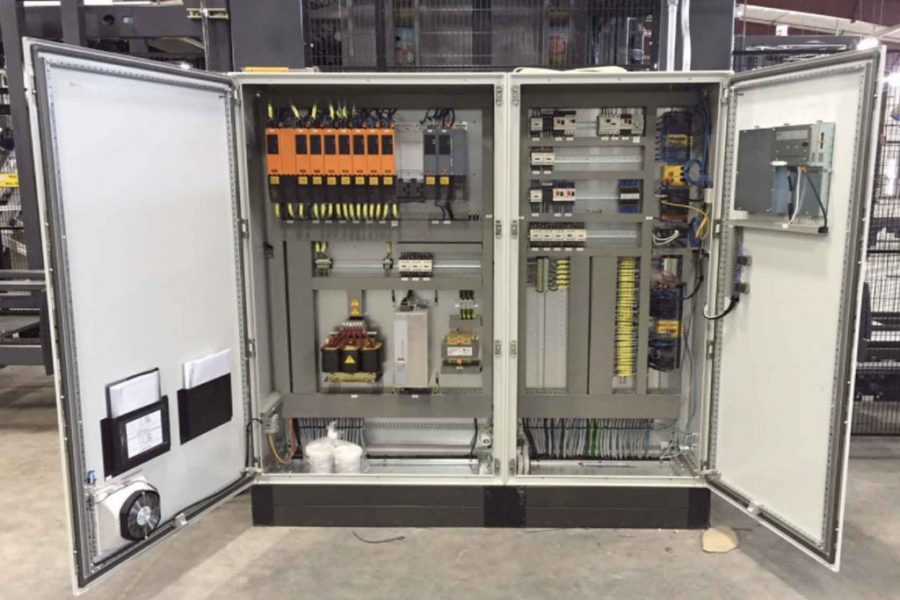
Bình Luận